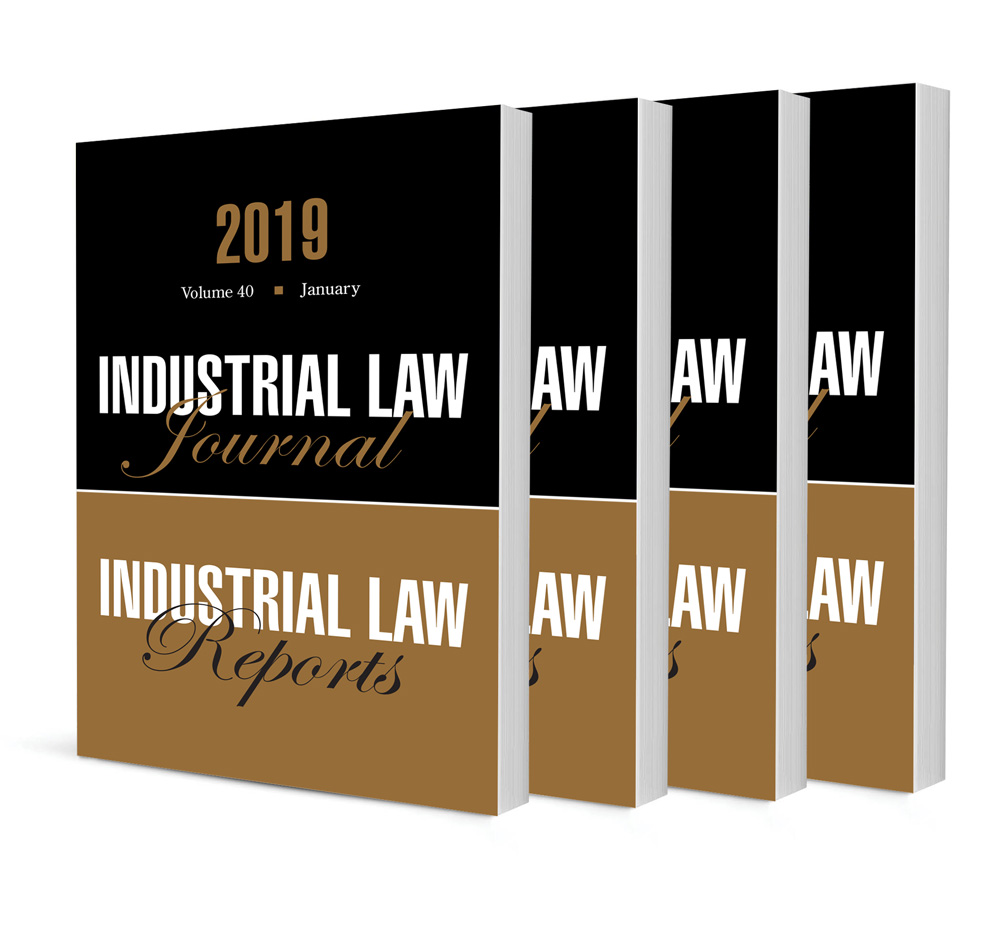Abstract
Generally, when witnesses give evidence their identities are known to all, and they are physically present at the hearing venue. They give oral evidence that may be challenged in cross-examination, and their demeanour can be scrutinised by the presiding officer to assist in gauging the witnesses’ credibility. There are some exceptions to these general rules though, and this article considers two of them. The first exception is where witnesses present their evidence in camera and the second where evidence is given remotely via video-conference facilities. In this article I consider, inter alia, the developments in our civil courts and in the various statutory labour dispute resolution forums where witnesses have been allowed to testify via technology, notably video-conferencing software, from a location which is geographically remote from the court or arbitration room. I note that this trend is consistent with developments in the rest of the world, and discuss a recent judgment of the High Court where the judge commented that South African law was lagging behind foreign jurisdictions as it had not yet developed a statutory framework for remote witness testimony. In this article I consider the pros and cons of giving evidence by way of video-conference facilities, against the background of the types of statutory frameworks for video-link evidence that exist elsewhere. I also discuss the rules regarding giving evidence in camera, and suggest that allowing a witness who has been granted permission to testify in camera to do so from a safe, secret location by way of a video link may provide an additional layer of protection for that witness.
